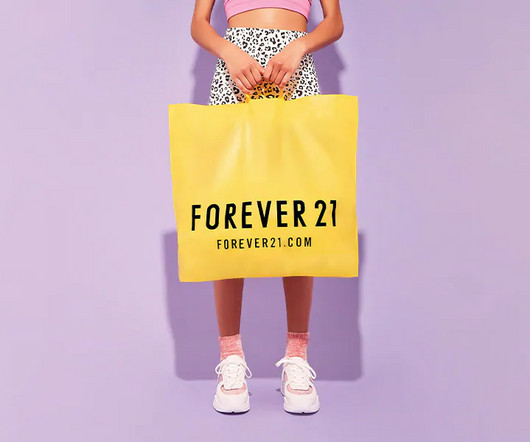As Consumer Demand for Inclusion Rises, Retailers Must Tackle Legacy Issues and Attitudes
Retail TouchPoints
OCTOBER 15, 2021
this year alone, representing approximately 21% of the total women’s apparel market. Products that are sized 18 and above and available in the UK only account for 14% of the total market. There is no standardization across the industry and inconsistent sizing leads to markdowns and returns. billion in the U.S.












Let's personalize your content